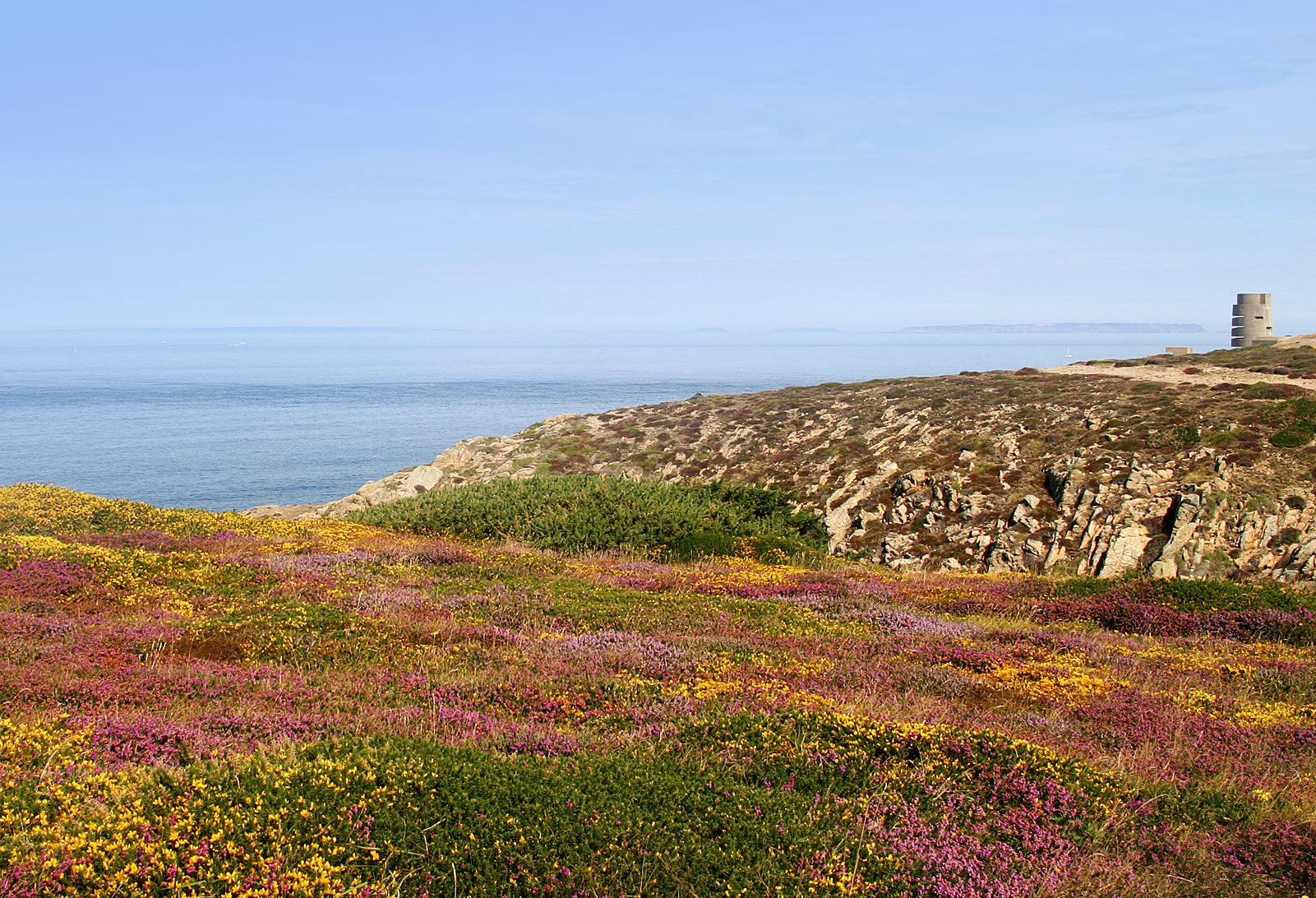 From BTO
From BTO
 The main theme of The State of the UK’s Birds report (SUKB) 2016 is the latest Birds of Conservation Concern 4 list – BoCC4 published in 2015 (read and download here) – and the species whose status has changed. The increase in the UK’s Red list by 15 species is due to problems in all habitats including farmland, woodland and coasts but most notably in uplands with five new upland species moving onto the red list. One of these is curlew. The UK supports 27% of the global population, and the long-term trend shows a 64% decline from 1970 to 2014. This, combined with the bird’s global status of Near Threatened, suggests that the curlew is one of the most pressing bird conservation priorities in the UK (read more about the curlew here).
The main theme of The State of the UK’s Birds report (SUKB) 2016 is the latest Birds of Conservation Concern 4 list – BoCC4 published in 2015 (read and download here) – and the species whose status has changed. The increase in the UK’s Red list by 15 species is due to problems in all habitats including farmland, woodland and coasts but most notably in uplands with five new upland species moving onto the red list. One of these is curlew. The UK supports 27% of the global population, and the long-term trend shows a 64% decline from 1970 to 2014. This, combined with the bird’s global status of Near Threatened, suggests that the curlew is one of the most pressing bird conservation priorities in the UK (read more about the curlew here).
“The BTO is working with others on a programme of research to understand the causes of curlew decline and guide potential management solutions. This involves analyses of long-term data collected by thousands of volunteers, using novel tracking technology to study the needs of individual birds, and working with local enthusiasts to inform the recovery of local populations”
– James Pearce-Higgins, Director of Science, BTO
Upland birds
 Whinchat, another largely upland species monitored by the UK and Channel Islands BBS Survey shows a 53% decline during the last two decades. As an Afro-Palearctic migrant, this species is part of another group for which there is particular concern. Threats and pressures during migration and on the wintering grounds need to be considered alongside the impact of changes in upland habitats in the UK.
Whinchat, another largely upland species monitored by the UK and Channel Islands BBS Survey shows a 53% decline during the last two decades. As an Afro-Palearctic migrant, this species is part of another group for which there is particular concern. Threats and pressures during migration and on the wintering grounds need to be considered alongside the impact of changes in upland habitats in the UK.
More unexpected perhaps, is that grey wagtail has moved from the Amber list to the Red list. Alongside declines in common sandpiper and dipper, this raises wider concerns about species associated with upland streams and rivers. The other two upland species to show marked declines are merlin and dotterel, the latter a montane species likely to affected negatively by climate change and grazing pressure.

Scarce and rare breeding species
As well as the annual update of changes in widespread breeding species based mainly on the BBS, SUKB 2016 once again includes a summary of trends in scarce and rare breeding species, drawn mainly from the annual reports of the Rare Breeding Bird Panel (RBBP) and the SCARABBS programme of periodic surveys.
 Of the 91 species reported on in the most recent RBBP report covering 2014, 71 were assessed by BoCC4. Eight species showed an improvement in status (including woodlark, bearded tit and chough, which joined the Green list), with conservation action to maintain suitable reed beds helping the populations of species such as bittern recover. Five species, common pochard, Slavonian grebe, merlin, dotterel and black redstart moved onto the Red list. The remaining 20 of the 91, not assessed by BoCC4, are those which are not considered to be a regular component of the UK’s avifauna. This may be because they breed only occasionally (e.g. European bee-eater), or indeed have never bred, but from time-to-time visiting individuals exhibit breeding behaviour (e.g. great reed warbler). The RBBP logs such occurrences, as it may be that they represent a precursor to future colonisation, such as the first little egrets that displayed to each other in the early 1990s, before first breeding in 1996 and the subsequent population explosion.
Of the 91 species reported on in the most recent RBBP report covering 2014, 71 were assessed by BoCC4. Eight species showed an improvement in status (including woodlark, bearded tit and chough, which joined the Green list), with conservation action to maintain suitable reed beds helping the populations of species such as bittern recover. Five species, common pochard, Slavonian grebe, merlin, dotterel and black redstart moved onto the Red list. The remaining 20 of the 91, not assessed by BoCC4, are those which are not considered to be a regular component of the UK’s avifauna. This may be because they breed only occasionally (e.g. European bee-eater), or indeed have never bred, but from time-to-time visiting individuals exhibit breeding behaviour (e.g. great reed warbler). The RBBP logs such occurrences, as it may be that they represent a precursor to future colonisation, such as the first little egrets that displayed to each other in the early 1990s, before first breeding in 1996 and the subsequent population explosion.
The importance of volunteer data
Thousands of dedicated volunteers contributed to the data used throughout most of this report. Data used to calculate UK population trends and related research. Over 2,600 volunteers participated in the Breeding Bird Survey in 2016 alone, one of many surveys highlighted in the report. This particular survey provides annual population trends for 111 species, including upland species such as curlew, whinchat and grey wagtail.
At a smaller, but equally as important scale, the 258 volunteers who contribute to the Waterways Breeding Bird Survey allow monitoring on those species specific to waterways, such as common sandpiper and dipper and cover almost 300 sites annually.

Who produces the report
SUKB is produced by a coalition of three non-governmental organisations (NGOs) – the RSPB, BTO and the WWT – and the UK Government’s statutory nature conservation agencies – Natural Resources Wales (NRW), Natural England (NE), the Department of Agriculture, Environment and Rural Affairs, Northern Ireland (DAERA), Scottish Natural Heritage (SNH) and the Joint Nature Conservation Committee (JNCC).
Download the full report The State of the UK’s Birds 2016 here



 Peter Blake, President of the Vales Commons Council said “Myself and my committee wish you and the herd a great stay on the Common and hope that this will encourage more of the inhabitants to do the same.”
Peter Blake, President of the Vales Commons Council said “Myself and my committee wish you and the herd a great stay on the Common and hope that this will encourage more of the inhabitants to do the same.”


 By Liz Corry
By Liz Corry














 Over-half of the world’s curlew and godwit species face extinction from habitat loss and other pressures
Over-half of the world’s curlew and godwit species face extinction from habitat loss and other pressures

 From
From 















 Interested in Jersey’s wildlife and how you can make a difference? Join us at Wild About Jersey
Interested in Jersey’s wildlife and how you can make a difference? Join us at Wild About Jersey



 Analysis of sightings from the previous 15 years of this survey makes it very obvious that not all our favourite garden birds are faring so well and that populations are changing dramatically. But, how exactly do we know. Well, through as many people as possible counting them. And not just birdwatchers but everyone who likes birds because, let’s face it, everyone does like birds. And they are often easy to count because they can
Analysis of sightings from the previous 15 years of this survey makes it very obvious that not all our favourite garden birds are faring so well and that populations are changing dramatically. But, how exactly do we know. Well, through as many people as possible counting them. And not just birdwatchers but everyone who likes birds because, let’s face it, everyone does like birds. And they are often easy to count because they can  be pretty obvious especially when they come into our gardens to the food we put out for them. Data shown by the survey are very important in highlighting what is happening in our wider environment and, while not covering the whole countryside, results do bring home to everyone wider concerns. Just think, if the birds are doing badly in our gardens where we feed and protect them, what is happening out there in the rest of the world.
be pretty obvious especially when they come into our gardens to the food we put out for them. Data shown by the survey are very important in highlighting what is happening in our wider environment and, while not covering the whole countryside, results do bring home to everyone wider concerns. Just think, if the birds are doing badly in our gardens where we feed and protect them, what is happening out there in the rest of the world.
 So, please, over this weekend follow the guidelines printed below or in today’s JEP and tell us what birds you see. We can add up all the counts (we have 15 years’ worth already) and easily pick up changes that are happening right in front of us. Will there be even fewer greenfinches than last year and will wood pigeons have finally taken over our bird tables? We call this ‘citizen science’ so consider yourself all citizen scientists!
So, please, over this weekend follow the guidelines printed below or in today’s JEP and tell us what birds you see. We can add up all the counts (we have 15 years’ worth already) and easily pick up changes that are happening right in front of us. Will there be even fewer greenfinches than last year and will wood pigeons have finally taken over our bird tables? We call this ‘citizen science’ so consider yourself all citizen scientists!



